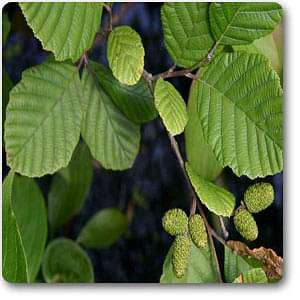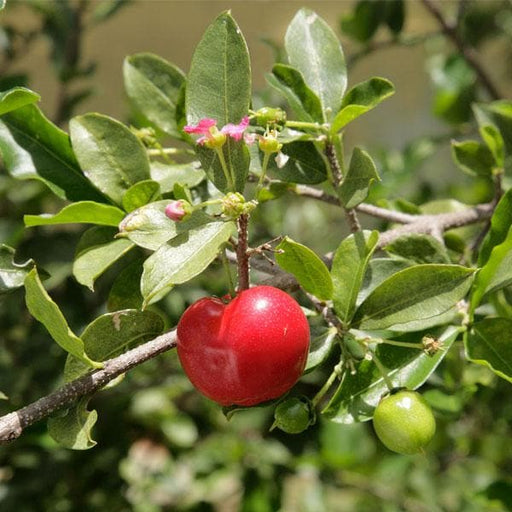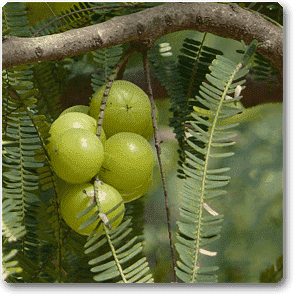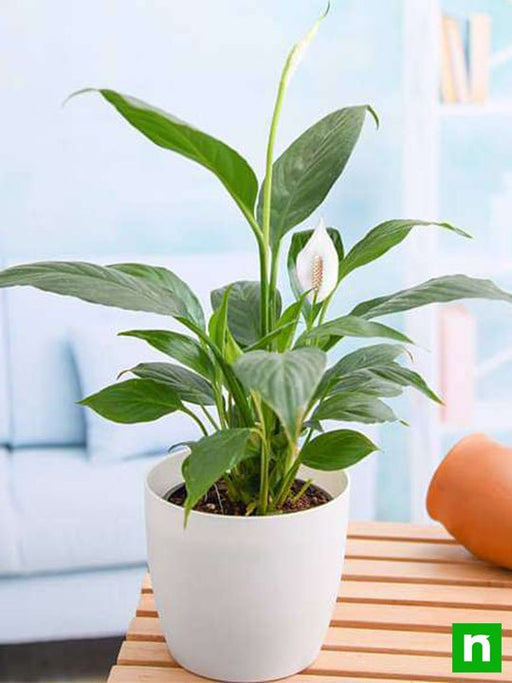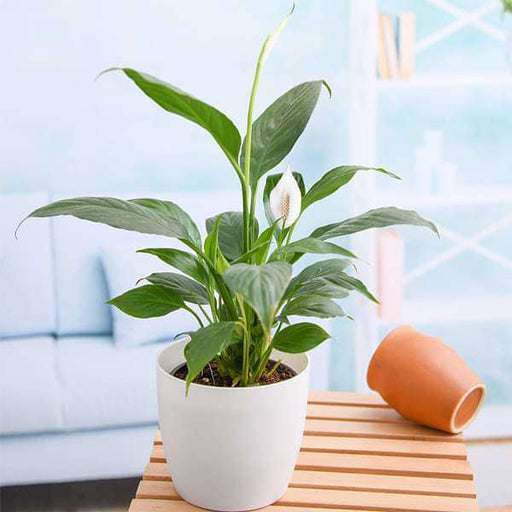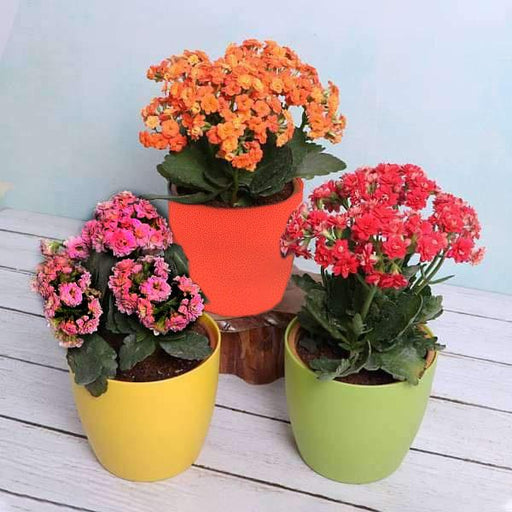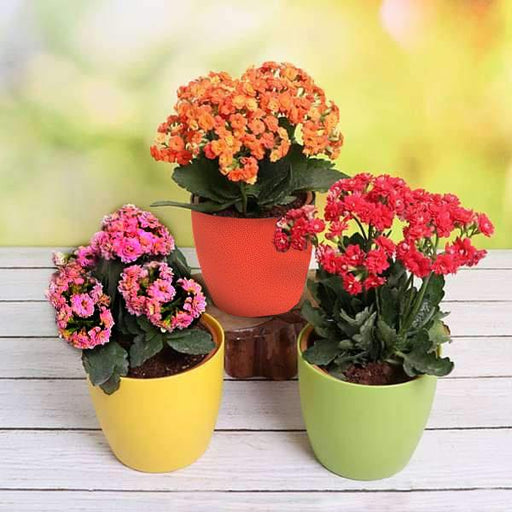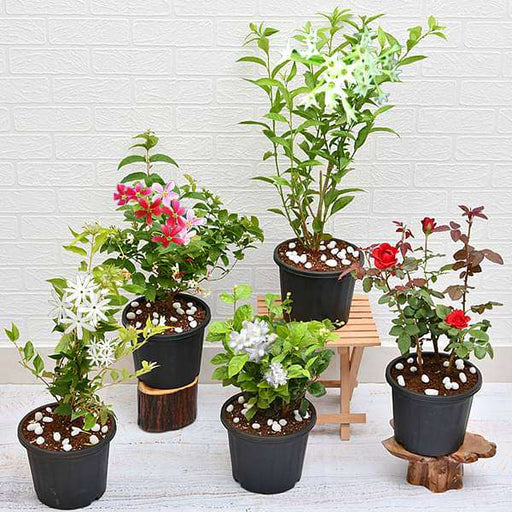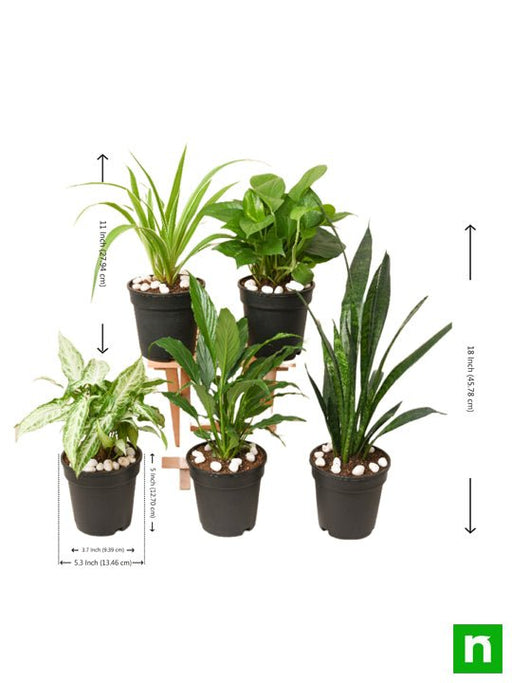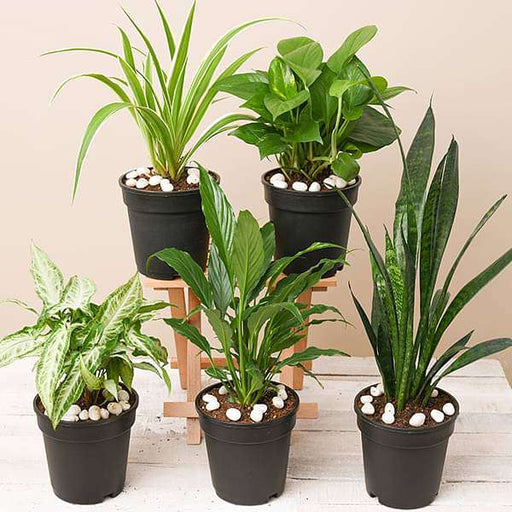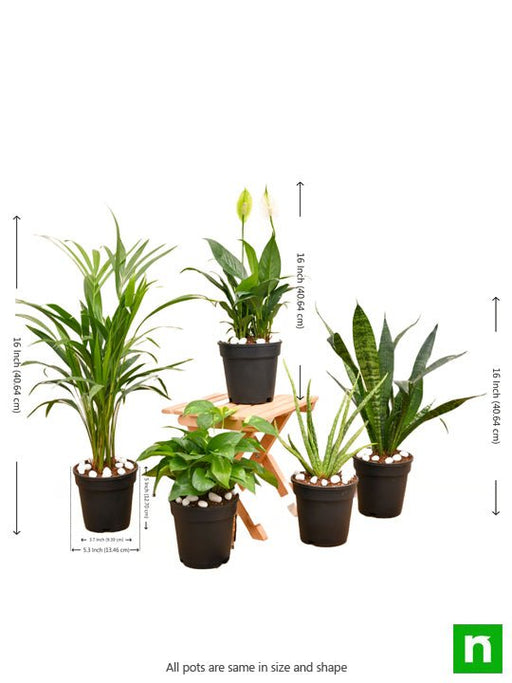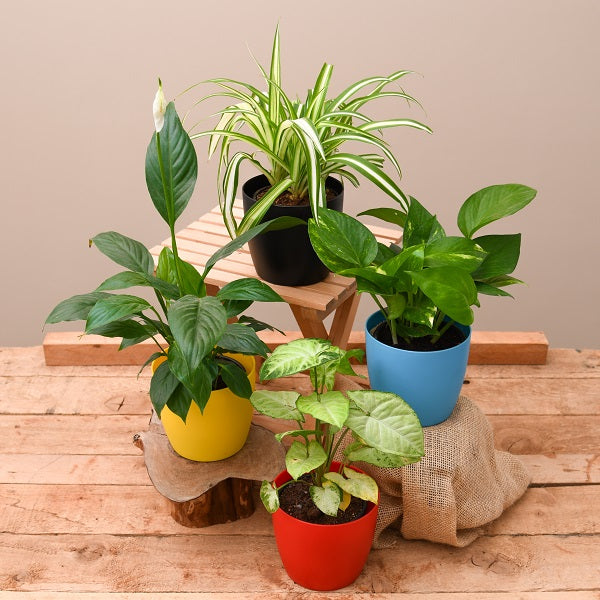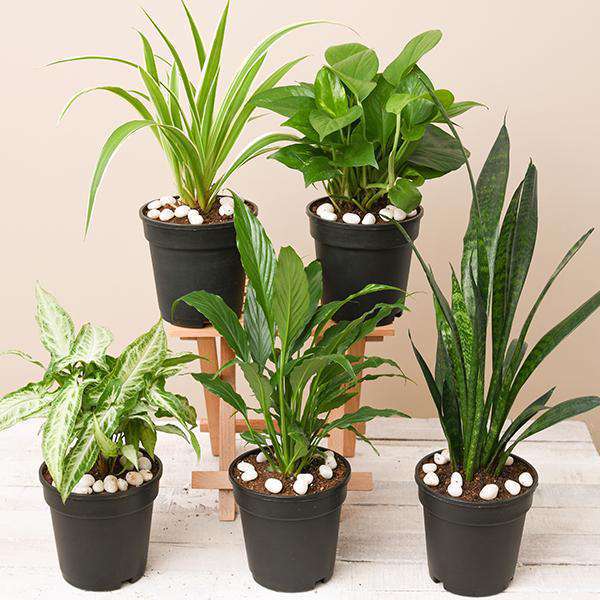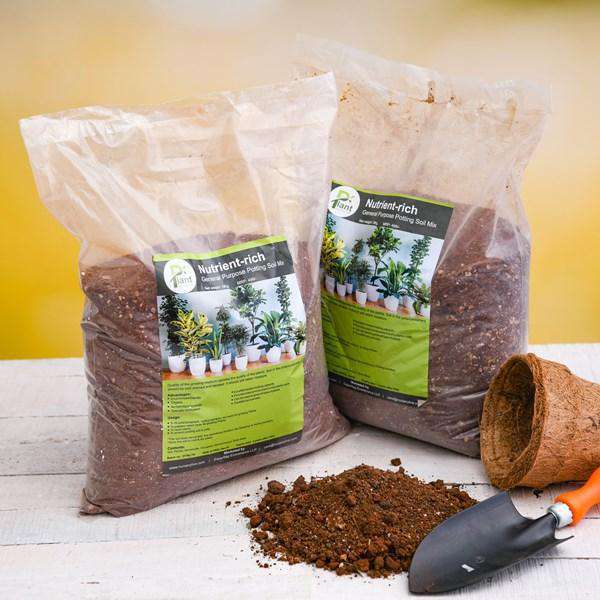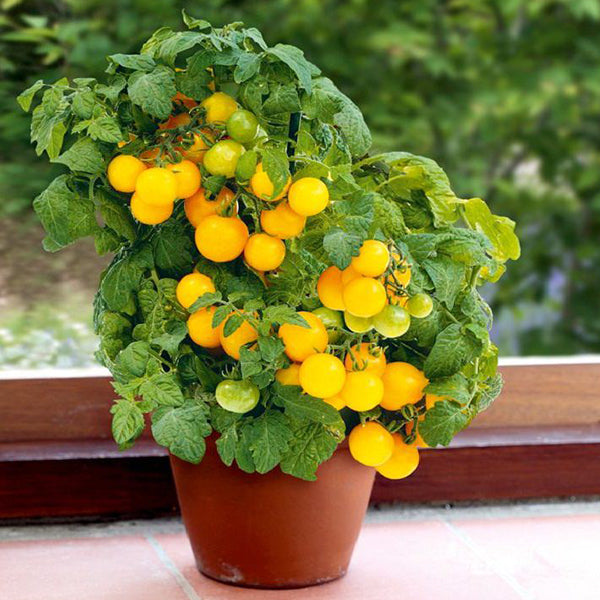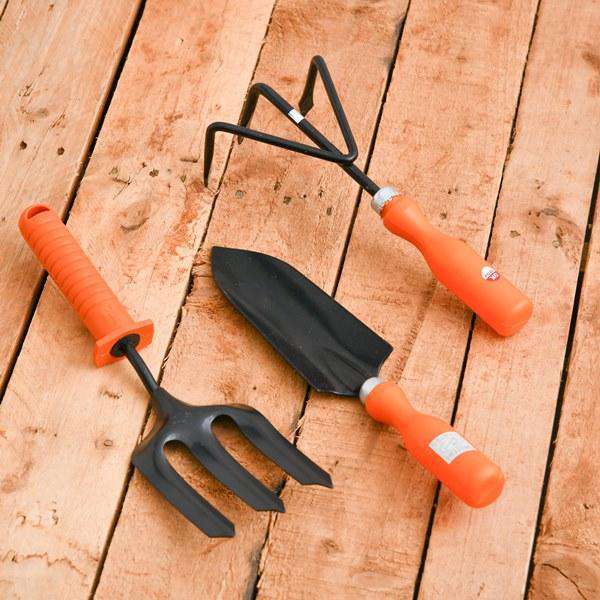Description
Attracts: Birds
Alders are beautiful, fast-growing and functional plants and deserve to be more widely grown in gardens.
Alnus incana, commonly called European gray alder, is a large pyramidal tree that grows to 40-60 tall. It is native to Europe and the Caucasus.
Plant Specifications
*above specification are indicative only. actual dimensions may vary by +-10%
| Common Name |
hazel alder |
| Maximum Reachable Height |
15.00 to 25.00 feet |
| Flower Colour |
Purplish-brown (male) and green (female) |
| Bloom Time |
March-May |
| Difficulty Level |
easy to grow |
Planting and care
Softwood cuttings taken in summer, treated with rooting promoter, and rooted under mist provide good starts; cuttings of mature wood taken soon after leaves fall also are reported to be effective. Two or three year-old seedlings are used for field planting.
Alnus rugosa care
and other disturbed sites. It grows abundantly in various soil types, from sandy to gravelly, loamy, clayey, and mucky, and it can tolerate periods of flooding as well as occasional droughts.
| Sunlight |
Full sun to part shade |
| Watering |
Medium to wet |
| Soil |
well-drained soil |
| Fertilizer |
Apply any organic fertilizer |
Alnus rugosa special feature
Speckled alder is used locally for fuel but the wood has no commercial value.
Alnus rugosa uses
Medicinal Use:
- to treat anemia, as an emetic, a compress or wash for sore eyes, and a diaphoretic, for internal bleeding, urinary problems, sprains, bruises or backaches, itches, flux, and piles, to cure saddle gall in horses
- When mixed with powdered bumblebees, it was used as an aid for difficult labor
Culinary Use:
- Tea was made from alder to cure diarrhea and toothaches
